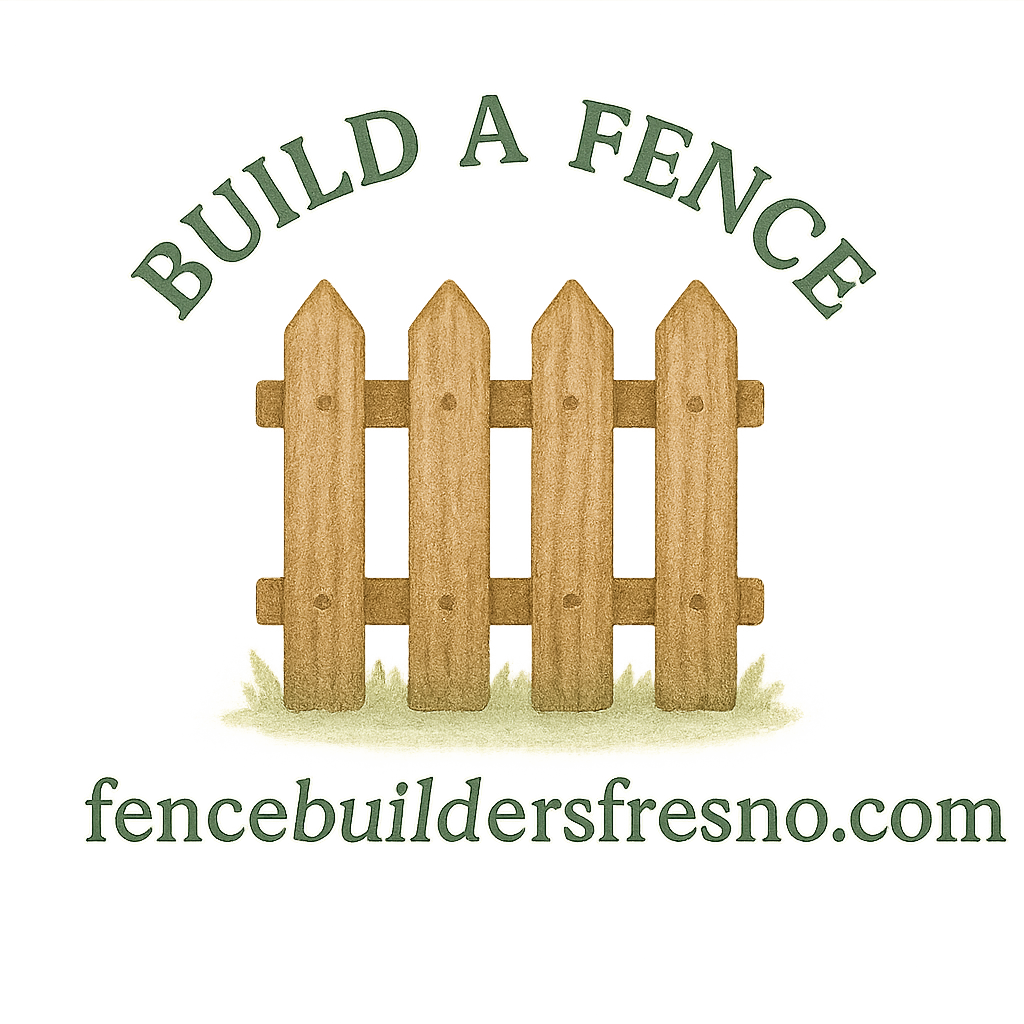Introduction
So, you’ve been thinking about building a fence around your home, but you’re not sure where to begin? Don’t worry—you’re not alone. DIY fencing planning can feel like a big task, but once you break it into steps, it becomes manageable, even fun. Whether your goal is privacy, security, or just boosting curb appeal, having a proper plan before you start digging is the secret to a successful project.
In this guide, I’ll walk you through 10 practical steps to start DIY fencing planning for your home. From figuring out your goals to installing and maintaining your fence, you’ll find everything you need to make confident decisions.
Why DIY Fencing Planning Matters
Planning ahead ensures your project doesn’t end up costing twice as much or taking twice as long. Let’s look at why careful planning matters:
Saving Money and Time
A well-thought-out plan prevents wasted materials and unnecessary delays. You’ll avoid buying extra wood panels or making multiple trips to the hardware store.
Adding Value to Your Home
A sturdy, attractive fence can raise your property’s value. Buyers love seeing secure, low-maintenance fences, especially around the backyard.

Ensuring Property Boundaries
Planning ensures you don’t accidentally build on your neighbor’s land. Nothing kills a good neighbor relationship like a fence encroachment dispute (see legal property considerations).
Step 1: Define Your Fence Goals
Before you buy a single post, ask yourself: Why do I want a fence? Your answer will guide your entire project.
Privacy vs. Security
If you want privacy, a tall wooden or vinyl fence is ideal. For security, think about durability and strength.
Decorative Appeal
A decorative fence can add charm and boost curb appeal. Check out ideas on decorative fencing.
Pet and Child Safety
If your main concern is keeping pets or kids safe, a simple chain link or durable wood fence might be perfect.
Step 2: Understand Legal Property Considerations
Building a fence without understanding the legal side can lead to big headaches later.
Property Lines and Rights
Start by knowing exactly where your property lines are. Use a survey map or hire a surveyor if necessary. (Read more on property lines).
Avoiding Fence Encroachment Disputes
If your fence crosses the line, your neighbor could legally demand its removal. Learn about fence encroachment.
Local Permits and Zoning Rules
Check with your city or county for permits. Many areas regulate fence height and style, especially front yard fences.
Step 3: Research Fence Types and Materials
Choosing the right material is one of the most important decisions in DIY fencing planning.
Wood Fence
Classic and versatile but requires regular wood fence care.
Vinyl Fence
Low-maintenance and durable. Perfect if you want something that doesn’t require repainting (vinyl fence details).
Chain Link and Metal Options
Great for security and pets, though not as private or stylish.
Comparing Fence Types
Check out this handy guide on fence types and comparisons.
Step 4: Plan Your Fence Design
Your design affects not only looks but also functionality.
Choosing the Right Height and Style
Think about what you want to keep in—or out. Privacy fences are taller, while front yard fences are often shorter and decorative.
Front Yard Fence vs. Backyard Fence
Rules and goals often differ. Learn more about front yard fencing.
Decorative Fence Options
Want charm? Go with lattice tops or ornamental features. Explore fence design planning.
Step 5: Budgeting for Your DIY Fence
Money talks, right? Budgeting is key to making your project realistic.
Material Costs
Wood may be cheap upfront but requires more upkeep. Vinyl costs more but saves on maintenance.
Tool and Equipment Needs
Factor in post hole diggers, levels, and saws. Some tools can be rented to save costs.
Long-Term Upkeep Tips
Check these fence maintenance and repair tips to plan ahead.
Step 6: Measure and Mark Your Property
Measure twice, cut once—it’s an old saying, but it applies perfectly here.
Using Accurate Tools
Use measuring tape, stakes, and string to outline your fence line.
Avoiding Overlap with Neighbors
Always double-check boundaries before digging.
Step 7: Gather Tools and Materials
Preparation saves time later.
Essential Tools for Fence Installation
Post hole diggers, levels, hammers, and drills are must-haves. See fence installation basics.
Durable Fencing Materials
Go for durable fencing that can withstand weather.
Step 8: Prepare Your Land
Clearing and Leveling the Area
Remove rocks, plants, and debris before starting.
Soil Considerations
Sandy or clay soils may need extra concrete reinforcement for posts.
Step 9: Install Your Fence Step by Step
Now comes the fun (and sweaty) part—building your fence.
Digging Fence Post Holes
Posts are your foundation. Dig deep enough to keep them sturdy.
Setting Posts in Concrete
Concrete makes your fence last longer. Don’t skip this step.
Attaching Panels and Rails
Once posts are solid, attach panels and rails for structure.
DIY Fence Installation Mistakes to Avoid
Avoid shallow post holes, uneven lines, or skipping leveling. Learn more with this fence building guide.
Step 10: Maintain and Repair Your Fence
Your job doesn’t end with installation.
Regular Fence Maintenance
Inspect for loose nails, warping, or cracks every few months. (Fence maintenance tips)
Wood Fence Care
Stain and seal regularly to prevent rot.
Vinyl Fence Upkeep
Simply hose it down for easy cleaning. See low-maintenance fence options.
Common Mistakes in DIY Fencing Planning
Skipping Permits
You don’t want the city ordering you to tear it down.
Ignoring Property Lines
One of the fastest ways to anger neighbors.
Using Low-Quality Materials
It might save you today but will cost you tomorrow.
Benefits of DIY Fencing Over Hiring Professionals
Cost Savings
Labor is expensive. DIY means you only pay for materials.
Personal Satisfaction
There’s nothing like standing back and saying, “I built that.”
Customization
You control every detail, from design to finish.
Conclusion
DIY fencing planning may sound intimidating, but once you break it into steps, it’s completely doable. By defining your goals, understanding property rules, choosing the right materials, and carefully planning your design, you’ll be well on your way to building a fence you can be proud of. Not only will you save money, but you’ll also gain the satisfaction of creating something with your own two hands.
Remember: measure carefully, plan thoroughly, and never skip maintenance. With this guide, you now have the knowledge to start your DIY fencing journey with confidence.
FAQs
1. What is the most affordable DIY fence option?
Chain link fences are usually the cheapest, but wood can be affordable if you don’t mind regular maintenance.
2. Do I need a permit for DIY fencing planning?
In most areas, yes. Always check local regulations before building.
3. How deep should fence posts be?
At least one-third of the post should be underground, usually 2–3 feet deep.
4. Which fence type requires the least maintenance?
Vinyl fences are the best low-maintenance option.
5. Can I install a fence without concrete?
Yes, but concrete adds stability and durability. Without it, posts may lean over time.
6. How long does a DIY fence last?
Wood fences can last 15–20 years with care, while vinyl can last 30+ years.
7. What tools are essential for DIY fence installation?
Post hole digger, hammer, drill, level, and measuring tape are the must-haves.


